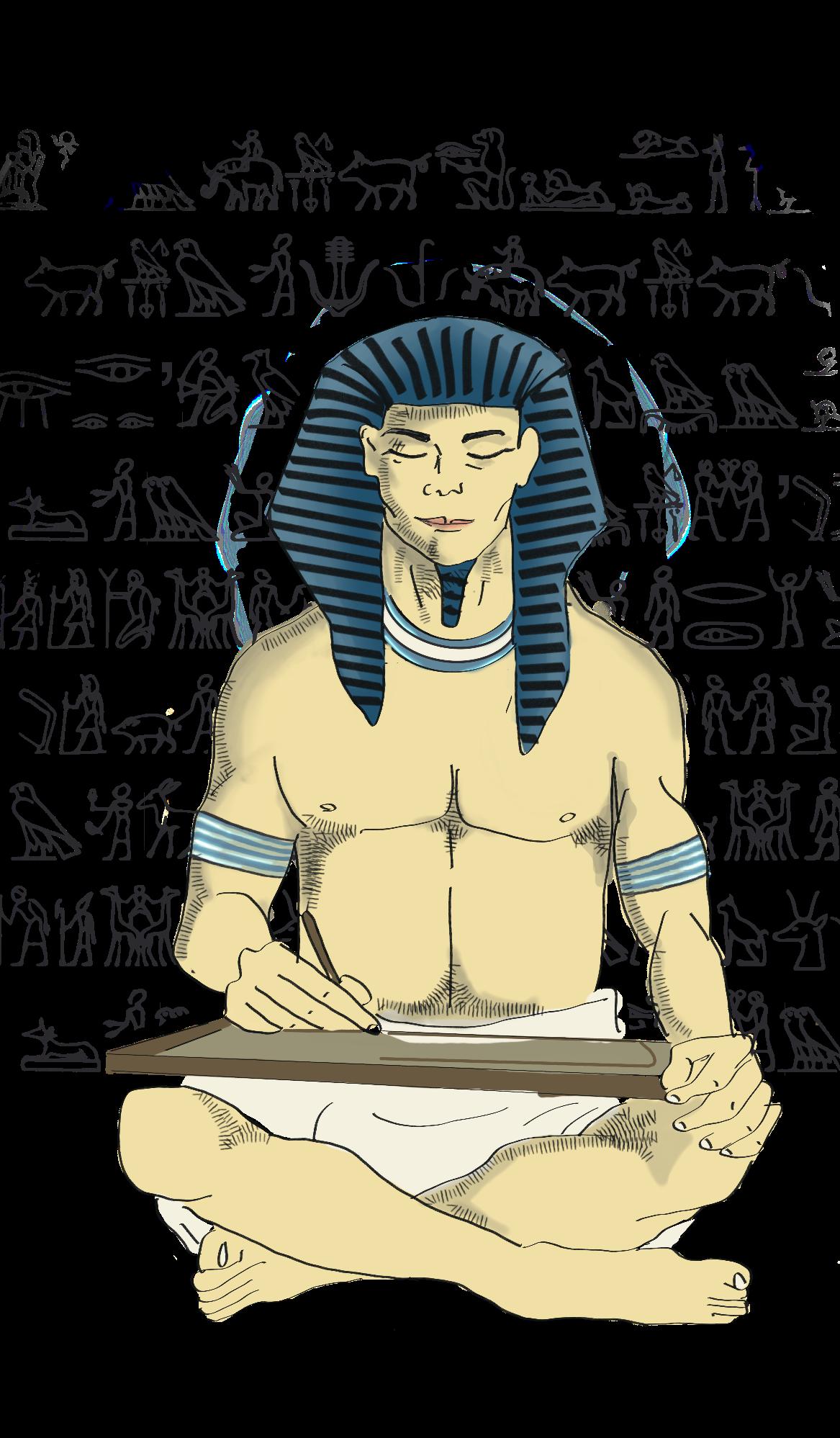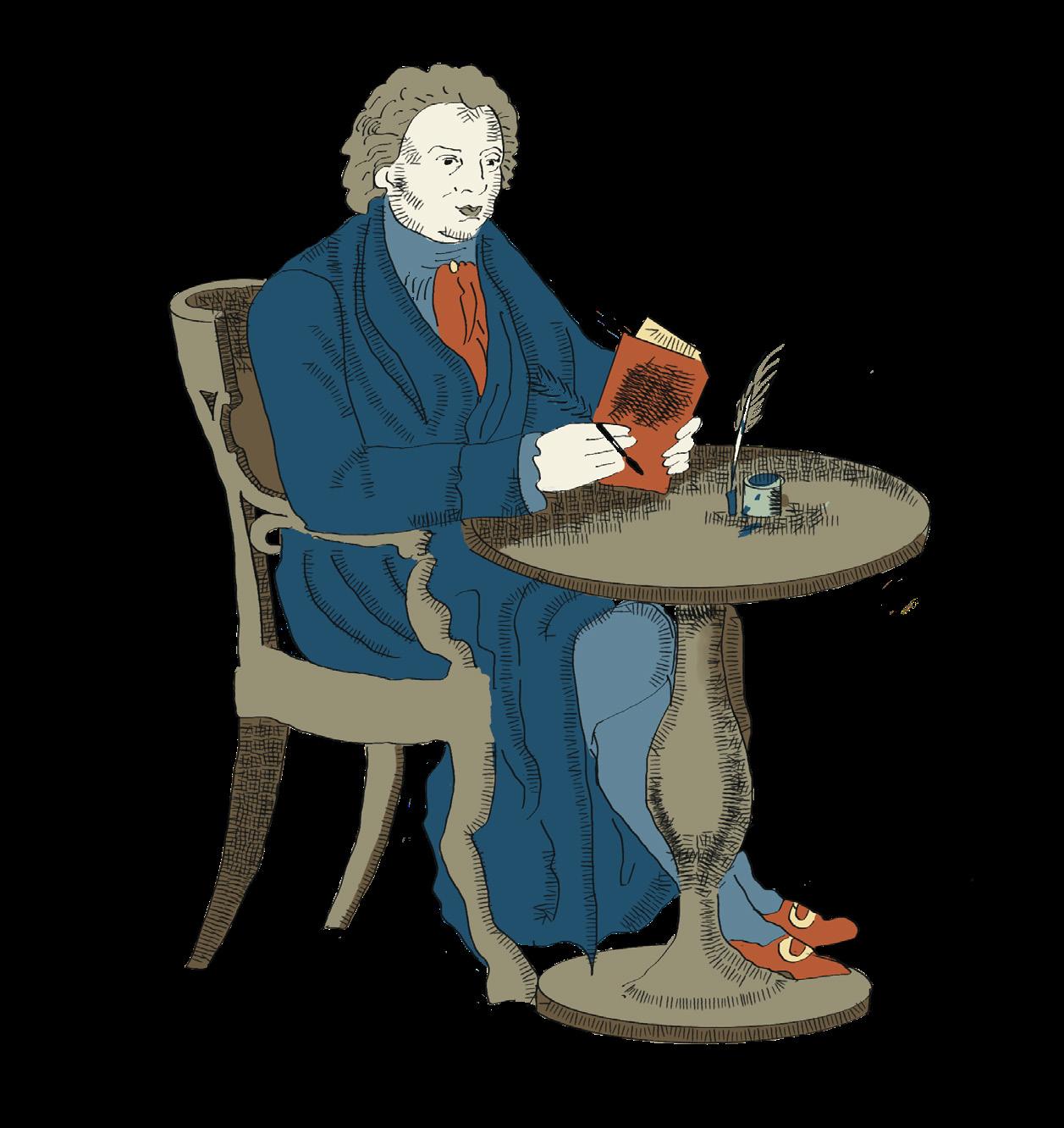





Writing is one of the most earliest forms of communication, which has its roots in pictograms or hieroglyphs. Images were first used by early civilizations to express thoughts, and they quickly developed into alphabets and phonographic writing, this led to the development of man The earliest alphabet is said to have been created by the Phoenicians, and the Greeks adopted it approximately 1000 B. C. The initial two Greek letters , Alpha and Beta , are actually combined to form the word alphabet.

From ancient typographic styles to classic movable type , the history of typography can help designers develop a more informed and cohesive style that builds on the past. There is so much to learn from the past, and so much inspiration to be discovered
The first type of messages that we find in the history records were a series of pictures that told a story known as pictograms and hieroglypss
The earliest alphabet is said to have been created by the Phoenicians, and the Greeks adopted it approximately 1000 B.C . The initial two Greek letters, Alpha and Beta, are actually combined to form the word alphabet.
At some time, the Romans adopted this Greek alphabet and, using it as a model, created the Uppercase Alphabet, which is still in use now. They also developed a variety of font styles and improved the art of handwriting. They also established two additional scripts: formal and informal, which are used for official and informal compositions, respectively.
Handmade and beautifully illustrated manuscripts from the Medieval Ages
Manuscripts with beautiful handwriting and illustrations dominated the Meddle Ages. It resulted in the development many of different writing styles. Unique rounded, ornate letters, were significant elements. Along with page design and lettering, calligraphy as an art form broke new ground.calligraphers travelled the entire known world to impart their skills to the upper class of elite


Development of moveable type and the printing press in XVI century by Johannes Gutenberg was a turning point for the modern world and typography. During this time , both practical and decorativen typefaces appeared en masse, along with a lighter, more ordered page layout with subtle illustrations.

By the Industrial Revolution typography was all about communicating with the masses. Through signs , posters, newspapers , periodicals and advertisements typefaces became larger and catchier , with bolder lettering and shading as well as experimental serif and sans serif typefaces.
Today’s graphic designers may develop a huge variety of typographic styles, even entire families of font families and typefaces, thanks to luxury unending tools and technology. Graphic designers can broaden their ideas and develop their talents to generate a much more sophisticated body of work by becoming knowledgeable about the history.
The history of typography can assist designers in creating a more knowledgeable style that builds on the past, from ancient typographic styles to traditional moveable type. There is a lot to be uncovered in terms of inspiration and lessons to be learned from the past.
Also, studying history enables designers to improve upon past errors, recognise recurring themes, reimagine traditional letterforms.
Modern graphic designers are unable to become familiar with every typeface design that has ever been due to the almost infinite body of work that symbolises typography. It’s crucial to have a solid understanding of typographic trends, classic typefaces, and where popular typefaces came from. However, it goes beyond merely having academic knowledge; having a solid grounding in typographic history enhances the ability of designers to comprehend and better serve their clients.
Tell me a little bit about you?
Im illustrator and course leader for Illustration & Animation at London Met Uni, I predominantly work in collage and have used type alot when doing Record sleeve artwork!
How has typography been impacted by technology?
I love how things like adobe have great systems for turning on and off typefaces which are really user friendly! digital brushes are great for doing hand drawn type.
What fonts get your attention?
Things that are fun, also typefaces that unusual or feel a bit analogue, I lovehand drawn typefaces so love looking at vintage books and examples of hand drawn typography from all over the world
Tell me a little bit about you?
My name is James Salmon, and I am 43 years tutor who used to be a Graphic Designer.
Is typography a skill?
It is a very complex skill that takes years to learn and a lifetime to master as it is always evolving based of technology and how we are communicated by companies and creatives.
How has typography been impacted by technology?
Typography evolved from being labour intensive activity to more instant process because of computers and design software. some would argue this has made typography less creative due to the simple process now involved. However, computers has allowed wider range of styles and techniques that would not have been possible before to use of software.
What fonts get your attention?
I like Neville Brody and Puala Scher. Fonts that are used in a unexpected manner usually

Why is’t important to understan the history of typography?
The history of typography allows designers to steal from the past and appreciate the time it used to take to work as a typographic artist. Layout principles and generally not change as well the use of weight and hierarchy of type. Typography allow designers to be creatives or communicate an idea bad typography is




Tell me a little bit about you?
Sarah White is my name, and I have been a graphic designer for almost 4 years. I focus on creating minimalist, opulent, contemporary, flat, straight forward, and bespoke designs.I really enjoy using design to bring concepts to life.
Why is’t important to understan the history of typography?
Typography main goal is to portray text in a way that makes readingit more enjoyable or less enjoyable,depending on the situation. Because typography has the power to change how you read anything, it is very essential to how we consume everything that uses it, from newspaper articles to resumes to packaging designs.
Who is the best typographer
There are several names that spring to mind. Yet, Stefan Sagmeisterwasa constant inspiration for me as a child. He is highly renowned for his work on record covers and is noted for creating intriguing and moving typeface art.
Is typography a skill?
When typography is applied skillfully may elicit many emotions and set an atmosphere to strengthen your branding. When used correctly, letterforms may be fashionable as well as aesthetically appealing,which is why they are significant in graphic design.
What fonts get your attention?
The most attention-getting font is the one that’s going to be easiest to read. Fonts that are overly ornate or otherwise hard to read are going to turn people off. They’re going to be less likely to want to bother with the



Typefaces are designed to be used appropriately, and for the correct purpose. Not even the very best typefaces are best suited for each situation. Keep this in mind when designing
Typography allow designers to be creatives or simply communicate an idea typography is the main for poor design.


The history of typography may assist designers in creating a knowledgeable and consistent style that builds on the past, from ancient typographic to traditional type. There is so much to be uncovered in terms of inspiration and lessons to be learned from the past.
In order to grow as designer, you need to practice skill as much as possible. Graphic design isn’t like taking a test in school, you can’t cram in the last second and become an experienced designer.

try designing your favorite quote through only using type. You could also practice on your blog post graphics, documents, or presentations.
Experience can’t be accelerated, so increase your exposure to setting type and you will be well on your way!
If you are fairly new to design, type bugs suggest researching previous designer’s work to hone in on what works, and why. Go to your local library and research some of design’s greats including Paul Rand, Saul Bass, Paula Scher and Milton Glaser among many more. Discover designers who have a keen eye for typography, and analyze why you are attracted to their work.


Technology has profoundly influenced our lives in terms of typography by making it more accessible and dynamic. With the introduction of the printing press, books and other written materials became readily available to the general people, considerably increasing literacy rates. The digital era has taken this a step further to allowing everyone with a computer and an internet connection to access a massive collection of written works. Computers and software have also made it simpler to develop and alter typography, allowing for greater design flexibility and precision. The growing use of the internet and digital devices has also created new fonts and design trends, making typography more diversified and expressive. Technological advancements have also made it possible to access typography in novel such as electronic books and virtual reality
New typefaces can be discovered and created in a wide range of places
Numerous unique fonts are available on websites such as MyFonts, Creative Market and FontSquirrel, all of which were
Typography Communities
There are multiple open-source Online forums and groups, such as Typophile and TypeDrawers, provide a platform for designers to share their work.

Several well-type design
Adobe, Monotype Hoefler and Co
Offer their typefaces for purchase

Creative Market, connects designers and creatives with a variety of high-quality resources, fonts images, and template s, enabling them to create websites, social media posts, print materials, and packaging. The platform features unique and carefully crafted fonts, all created by independent designers and artists. Additionally, Creative Market offers a vast community of designers and creatives providing tips, lessons, and inspiration to help users improve their skills.
FontSquirrel is a well-known website that provides high-quality free fonts for personal and commercial use. The fonts are published under the Open Font License, allowing users to modify and distribute them for free. FontSquirrel features an easy-to-use interface, allowing users to search for fonts by categories such as serif or handwritten, as well as by other attributes such as thickness and width. The website also includes a font identification tool that enables users to upload a picture of a typeface and get suggestions for similar fonts available on the site
MyFonts is an online marketplace offering over 130,000 typefaces from 2,500 foundries for personal and business use. Its search engine and font identifier tool help users easily find the right font for their projects
Monotype specializes in typefaces, offering a large selection of fonts, including historical classics and unique types. They provide font management software and web font services for designers, and other graphic design and typography professionals. Monotype also offers a wide selection of typefaces for C hinese, Japanese, and Korean languages and supports non-Latin languages and services enable users to create professionalqualty typography and engage with type in different contexts.
Adobe provides graphic design and typography tools, including Adobe Illustrator for vector graphics and Adobe InDesign for document layout. These tools offer precise text manipulation, layout, and font options, along with Adobe Typekit for access to professional-quality typefaces. Overall, Adobe can assist with typography needs for print and digital design projects
Google Fonts is a free, open-source library of typefaces designed for use on websites and other digital platforms. The collection includes styles from traditional serif and sans-serif fonts to experimental designs. The fonts are easy to integrate into web pages with a single line of code and are optimized for quick loading. Additionally, Google Fonts allows users to preview and customize styles before using them on their website.

Has significantly impacted typography in the present

AI has made it easier for designers to create custom fonts. With the help of machine learning algorithms designers can now create fonts that are unique and customized to their specific needs. Can generate new font designs based on input parameters such as weight, width, and style.
AI-powered translation tools can help designers create typography accessible to users in different languages.This technology can accurately translate text from one language to another, preserving the integrity of the typography
AI-powered optical character recognition OCR technology has made it possible to extract text from images making typography more accessible to visually impaire din dividuals. This technology can help designers identify and extract text from old documents, books, and other printed materials.
AI can assist designers in creating layouts and designs that are optimized for readability and user experience. For example, AI-powered tools can analyze user behaviour to determine the most effective placement of text and images on a website or app.

